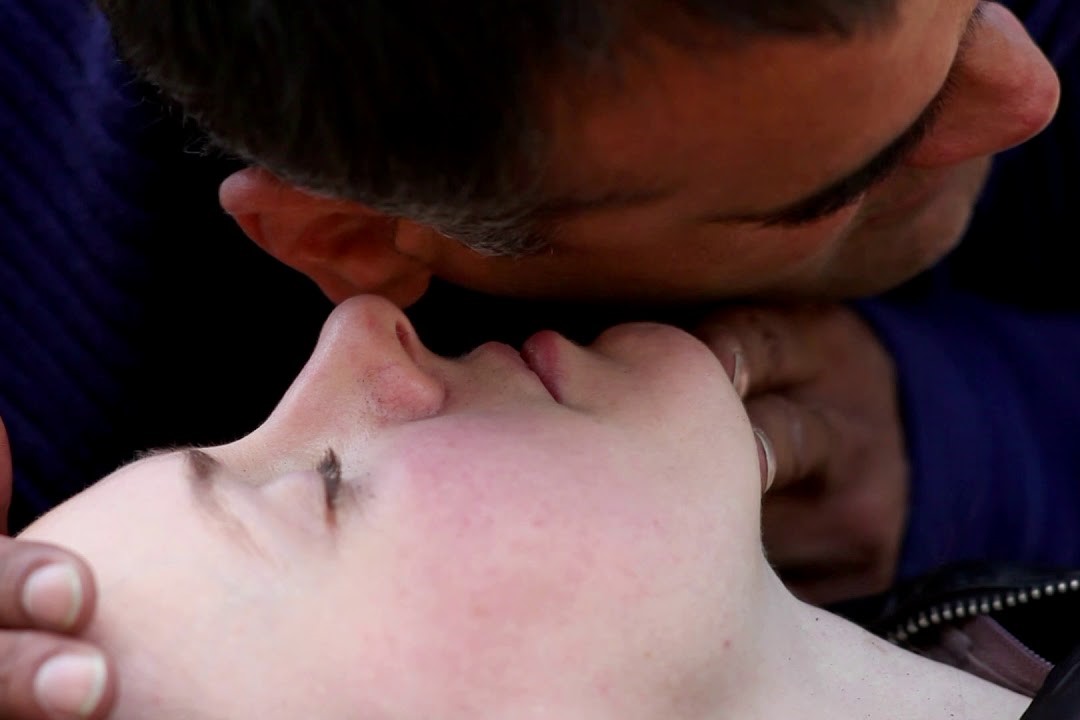
Cardiac arrest: what it is, what the symptoms are and how to diagnose it
Cardiac arrest is a serious cardiovascular event, which involves the cessation of cardiac electrical activity and requires prompt intervention
What is cardiac arrest?
Cardiac arrest involves the cessation of cardiac electrical activity, whereby the heart stops, resulting in loss of consciousness and cessation of other vital functions, including breathing.
Resuscitative rescue must be immediate: timely intervention can prevent permanent damage to the brain and other vital organs and the death of the patient.
What are the causes of cardiac arrest?
Cardiac arrest can be caused either by an arrhythmia or an infarction in which tissue damage is particularly extensive, but also by terminal heart failure, cardiac tamponade (i.e. accidents involving the chest area), severe myocarditis and respiratory failure.
There are also genetic conditions, such as Brugada syndrome or other channelopathies, that can lead to cardiac arrest and sudden cardiac death.
QUALITY AED? VISIT THE ZOLL BOOTH AT EMERGENCY EXPO
What are the symptoms of cardiac arrest?
A patient undergoing cardiac arrest immediately loses consciousness, stops breathing on his own and may lose control of his sphincters.
Prior to the actual cardiac arrest, symptoms related to the underlying cause may occur: chest pain if the cause of the arrest is a heart attack, palpitations if the cause is a tachyarrhythmia, difficulty breathing if the cause is respiratory failure.
Patients who recognise symptoms in themselves or others that may give rise to the suspicion of a serious cardiovascular event must immediately call 118, specifying the symptomatology.
A medical intervention in a hospital is in fact the only possibility of effective treatment.
The diagnosis of cardiac arrest is made through an assessment that is in the first instance clinical
The IRC (Italian Resuscitation Council) guidelines recommend applying the ‘GAS – Look, Listen, Feel’ protocol for 30 seconds.
This approach consists of assessing the presence of the subject’s basic vital functions over a period of time sufficient for proper assessment but not so long as to prejudice subsequent rescue, using 3 of the 5 senses: sight, hearing, touch.
With the patient supine, the rescuer stands to one side of the subject’s head, bringing the ear close to the patient’s mouth and nose and placing one hand on the chest.
G- “Look” at the mouth to assess any foreign bodies present, signs of cyanosis; watch the expansion of the chest with the respiratory acts;
A- “Listen” for noises due to breathing;
S- “Feel” the warmth and movement of exhaled air on one’s cheek.
Cardiac arrest involves the immediate need to support vital organs and restart the heart
Cardiopulmonary resuscitation must therefore be performed, which involves applying a protocol with a sequence of chest compressions and mouth-to-mouth breathing and, if possible and indicated, performing fibrillation to make the arrhythmia stop and the heart resume activity.
Anyone who witnesses a cardiac arrest, after calling 118 (the AHA’s ‘chain of succour’ concept), should immediately attempt cardiopulmonary resuscitation, following the instructions of the operations centre personnel.
When rescue personnel arrive, the patient will then be transported to the nearest hospital facility equipped to support the patient and to treat the underlying causes of the arrest.
Read Also:
Emergency Live Even More…Live: Download The New Free App Of Your Newspaper For IOS And Android
The Quick And Dirty Guide To Cor Pulmonale
Ectopia Cordis: Types, Classification, Causes, Associated Malformations, Prognosis
Defibrillator: What It Is, How It Works, Price, Voltage, Manual And External
The Patient’s ECG: How To Read An Electrocardiogram In A Simple Way
Signs And Symptoms Of Sudden Cardiac Arrest: How To Tell If Someone Needs CPR
Inflammations Of The Heart: Myocarditis, Infective Endocarditis And Pericarditis
Heart Disease: What Is Cardiomyopathy?
Inflammations Of The Heart: Myocarditis, Infective Endocarditis And Pericarditis
Heart Murmurs: What It Is And When To Be Concerned
Broken Heart Syndrome Is On The Rise: We Know Takotsubo Cardiomyopathy
The Quick And Dirty Guide To Cor Pulmonale


